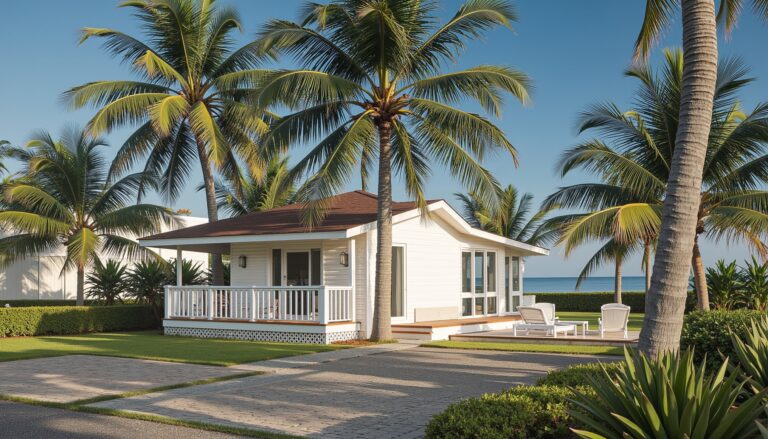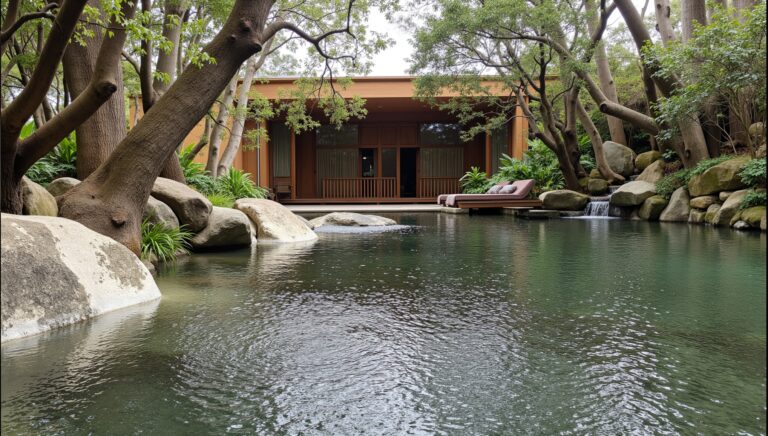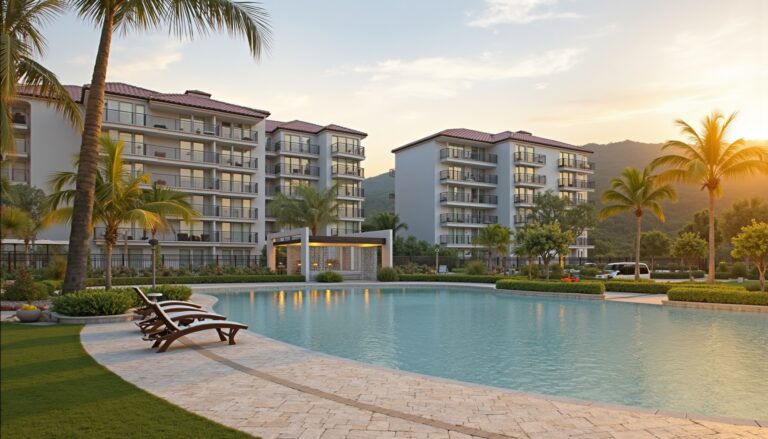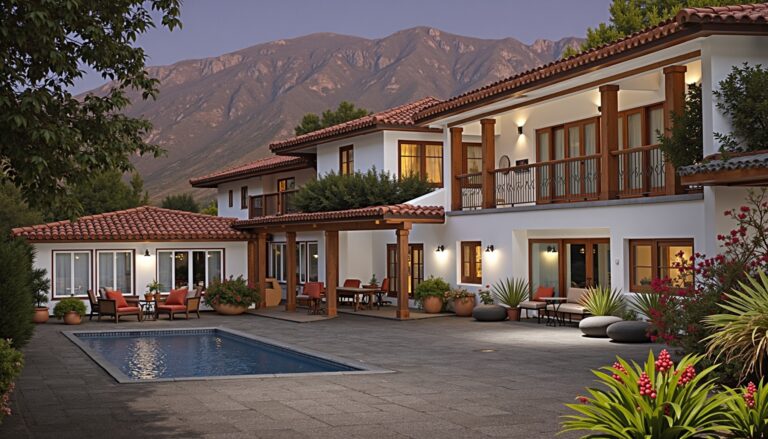When it comes to finding a home, the neighborhood you choose can make all the difference.
Residential area homes offer much more than just a roof over your head; they provide a lifestyle enriched with community spirit, safety, and convenience.
In this guide, we will delve into the unique characteristics of residential areas, highlight the features that make these homes desirable, and provide vital tips for choosing the right neighborhood for you and your family.


Factors to Consider When Choosing a Neighborhood
When exploring the vibrant Costa Rica real estate market, one of the most critical decisions involves selecting the right residential area homes.
Various factors play a pivotal role in making this choice.
First and foremost, consider the amenities and services available in the neighborhood, such as proximity to schools, healthcare facilities, shopping centers, and recreational areas.
Safety is another paramount concern, so researching crime rates and the sense of community can help you feel more secure in your new environment.
Additionally, evaluate the local culture and lifestyle; some neighborhoods might offer a more tranquil, rural experience, while others might be bustling with activity and nightlife.
Lastly, think about your long-term plans—will the neighborhood still meet your needs in five to ten years?
By weighing these factors carefully, you can ensure that your investment in a residential area home in Costa Rica aligns perfectly with your lifestyle and future aspirations.
The Importance of Community Amenities
When considering purchasing residential area homes in Costa Rica, one cannot overlook the importance of community amenities.
These features not only enhance the living experience but also contribute significantly to property value.
Buyers are increasingly drawn to neighborhoods that offer parks, recreational facilities, and social spaces, which foster a sense of community and improve the overall quality of life.
In Costa Rica, many residential developments are designed with such amenities in mind, allowing residents to enjoy outdoor activities, engage with neighbors, and build lasting friendships.
Additionally, proximity to schools, shopping centers, and healthcare facilities further adds to the appeal of these homes, making them attractive for families and retirees alike.
Thus, when exploring the vibrant Costa Rican real estate market, understanding the role of community amenities is essential for making informed decisions.

Tips for Home Buying in Residential Areas
Buying a home in a residential area can be an exciting yet daunting process, especially if you’re new to the real estate market.
When considering residential area homes, it’s essential to keep certain tips in mind to ensure a successful purchase.
First, research the neighborhood thoroughly; this includes checking local schools, amenities, and community safety ratings.
Engaging with the community through local events can provide insight into the area’s vibe and help you determine if it’s a good fit for your lifestyle.
Next, don’t overlook the importance of property inspections.
Residential area homes can vary significantly in condition, so having a professional inspect the property can save you from future headaches.
Additionally, get familiar with the market trends in the area; this understanding can empower you to negotiate better and make informed decisions.
Lastly, always consider your long-term goals—whether you plan to stay for years or use the home as an investment, this will impact your choice of residential area homes.
By following these tips, you can enhance your home-buying experience and find a place that truly feels like home.
Exploring Popular Residential Neighborhoods
When considering the purchase of residential area homes in Costa Rica, potential buyers will find an array of vibrant neighborhoods that cater to diverse lifestyles and preferences.
From the bustling capital city of San José, rich in culture and amenities, to the stunning beach towns along the Pacific and Caribbean coasts, Costa Rica offers something for everyone.
Areas such as Escazú and Santa Ana are favored for their upscale amenities and proximity to international schools, making them popular among expatriates and families.
Meanwhile, coastal towns like Tamarindo and Bahia Ballena attract those seeking a laid-back lifestyle near stunning beaches and natural beauty.
Each residential area home provides unique advantages, whether it’s the urban charm of a city apartment or the serene solitude of a mountain retreat.
With the vibrant real estate market continuing to evolve, understanding the characteristics of these neighborhoods can assist buyers in making informed decisions that align with their personal and financial goals.
Frequently Asked Questions
What defines a residential area home?
Residential area homes are characterized by their location in neighborhoods primarily designed for living rather than commercial or industrial purposes.
They often feature single-family homes, townhouses, or condos that provide a sense of community and accessibility to amenities.
What should I consider when choosing a neighborhood?
When selecting a neighborhood, consider factors such as safety, schools, community amenities, proximity to work and transportation, and the overall vibe of the community.
It’s also important to assess the future growth potential of the area.
Why are community amenities important in residential areas?
Community amenities such as parks, schools, shopping centers, and recreational facilities enhance the quality of life for residents.
They foster social interaction, support family needs, and can positively impact property values.
What tips can I follow when buying a home in a residential area?
First, research the neighborhoods that align with your lifestyle and budget.
Attend open houses to get a feel for the homes available.
Work with a knowledgeable real estate agent, and consider getting a home inspection to better understand the property’s condition.
What are some popular residential neighborhoods currently trending?
Popular residential neighborhoods often vary by region but generally include those with good schools, vibrant community life, and convenient access to urban amenities.
Research local listings and talk to residents to find out which neighborhoods are currently in demand.





